Below we see the experiences of a successful women farmer, Ms. Aparna of Ananthapur district, who cultivated milky mushrooms and turned them into a booming business. We will see the cultivation details of Milky mushrooms in her own words, her experiences, and her advice in the below article. Let’s check out how this farmer earning 60 thousand rupees from milky Mushroom farm at home below.
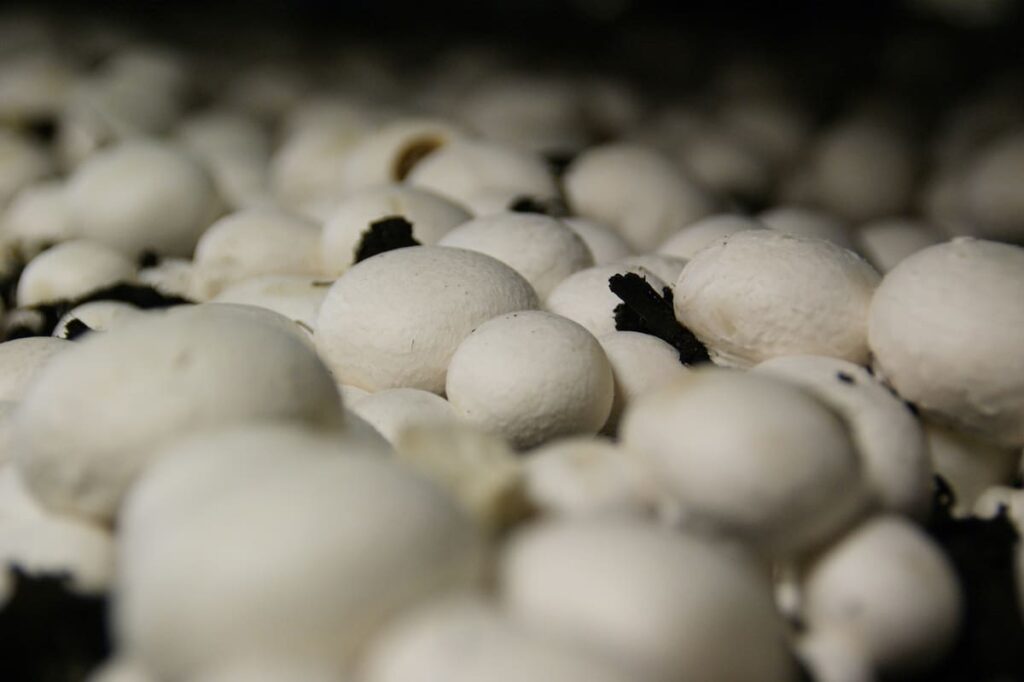
What are milky mushrooms?
Calocybe indica, more often known as the milky mushroom, thrives in the mild temperatures of subtropical and tropical regions. Milky mushrooms, one of the cheapest cultivated varieties, are more fruitful than other gourmet varieties due to their large size. Spores, which are about the size of dust, are the reproductive units of mushrooms.
Mycelium, which is white and twisted, grows from the spores. Simply put, mushroom spawn is sterile sawdust infused with mycelia from actual mushrooms. Mushrooms are umbrella-shaped fruit that develops from mycelium and climbs upward.
How to grow a milky mushroom?
Straw should be hacked into pieces between 1 and 3 inches in length. Give it an hour at a rolling boil. If water still drips from the straw, drain some more. When the plastic bag is cold, stuff it full of wet straw, approximately 6-10 inches high. Next, scatter some milky mushroom spawning over the straw. Make sure the spawning can breathe by cutting small holes at the top of the bag and tying it shut.
Keep the bag out of direct sunshine and in a cool, dark area. Humidity can be maintained by spraying water over the plastic bag regularly. About 15–20 days after spawning, when the white fuzzy cobweb film (mycelium) has formed, the spawns are ready to be handled. Remove the bag’s plastic and replace it with one inch of sterile soil to keep the mushrooms damp and give them a place to develop.
To encourage mushroom fruiting, move the bag to a brighter location. In around ten days, little mushroom caps emerge from the earth, and in about a week, they reach full size. The mushroom caps are ready to be picked after completely separating from the stems. Milky mushrooms have a 21-day shelf life when refrigerated.
In case you missed it: How This Farmer Earned 5 Lakhs from Fish and Prawn Mixed Farming: A Success Story of an Aqua Farmer in India
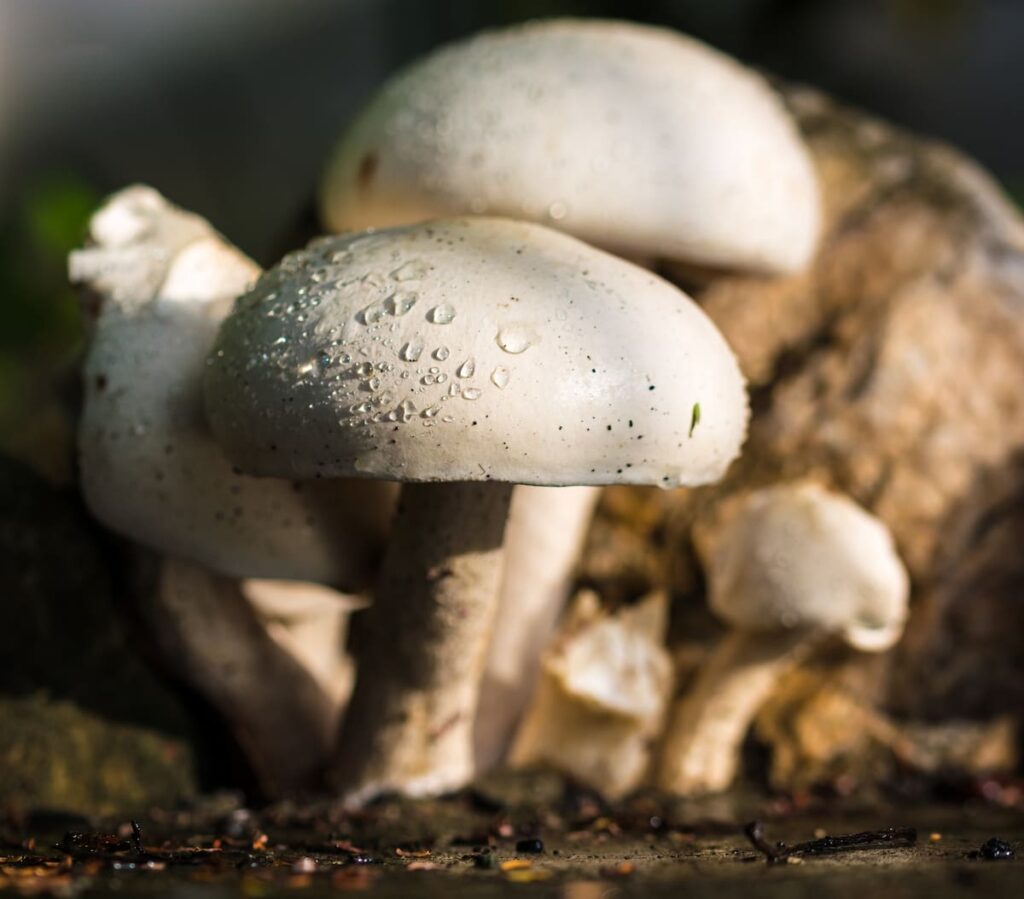
Is milky mushroom edible?
This mushroom has a high fiber content and is a great eating option. Large mushrooms on a stem that is both thick and fibrous. Pasteurized or sterilized wheat or paddy straw may be used for cultivation. Spawning works best at temperatures between 30 and 35 degrees Celsius. The duration of the spawning process is between 24 and 28 days. The fruit cannot develop without the casing.
The ideal conditions for cropping are 35–38 degrees Celsius, 85–90 percent humidity, diffused light, and enough ventilation. After two flushes, the procedure can be repeated, and more mushrooms can be gathered. Growing time is 57-60 days in total. 50-100% possible biological efficiency. 2–3 days at 25–30°C, 10–15 days at 4°C. It may be sold in its natural state, dried, or ground into a powder.
How to store milky mushrooms?
Put them in a paper bag, then put the bag in the refrigerator. Do not keep them in plastic bags since doing so will fasten their rate of deterioration.
How do you increase the yield of a milky mushroom?
Productivity can be increased by feeding 100–150 g of pasteurized maize meal, wheat bran, paddy husk, or cooked wheat grain per bag during the spawning process. The chaff cutter reduces the length of high-quality paddy straw to around 4-5 cm. Chopped straw is immersed for six hours in chilly, clean water.
However, the time needed to soak varies depending on the substrate. Like oyster mushrooms are pasteurized via physical and chemical processes, excess water is extracted from the straw before it undergoes pasteurization. The optimal moisture content for straw is between 50 and 55 percent.
In case you missed it: How This Farmer Earning 18 Lakhs from His Bottle Gourd Farm – A Vegetable Farmer Success Story
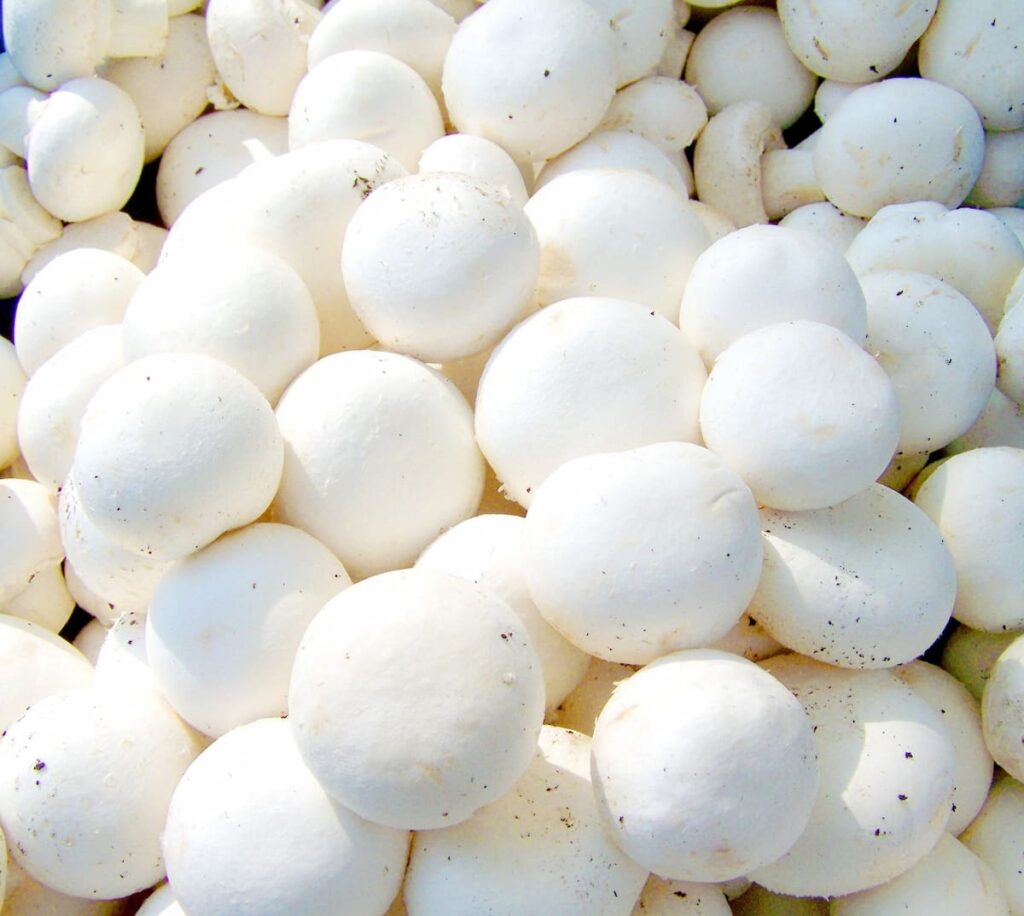
What are the conditions for growing milky mushrooms?
Temperatures between 250 and 400 degrees Celsius are ideal for cultivating milky mushrooms. The optimal temperature range is 250-350C, however. For this reason, March through October are ideal for growing these mushrooms throughout much of India. If you want better harvests from your plants in the summer, you may need to lower the temperature and increase the relative humidity.
Air relative humidity has to be between 80% and 85%. Young fruits dry out, or the mushroom’s cap gets tough when the humidity is too low. Low light is required during the fruiting stage. In contrast, mycelium requires very little light throughout its development phase. Bags are stored in a well-ventilated area during the fruiting stage so that the increased oxygen levels are sufficient.
Should we keep the mushrooms in the fridge?
Mushrooms have a high water content, so they’ll stay fresh longer if you refrigerate them after purchasing. If you wish to store them for many days, or even a week, put them on a rack in the fridge. To save time, just purchase mushrooms already wrapped. Putting the mushrooms in the fridge will dry out any moisture they may have released since the perforations in the packaging will allow air to flow in.
Get cooking as soon as you’re ready to utilize the mushrooms by cleaning off any dirt. Leave the mushrooms covered with plastic wrap, including a few holes, if you don’t plan on using them all right once.
In case you missed it: How this Farmer Earning 25 Lakh Rupees from his Bitter Gourd Farm: A Success Story to Inspire
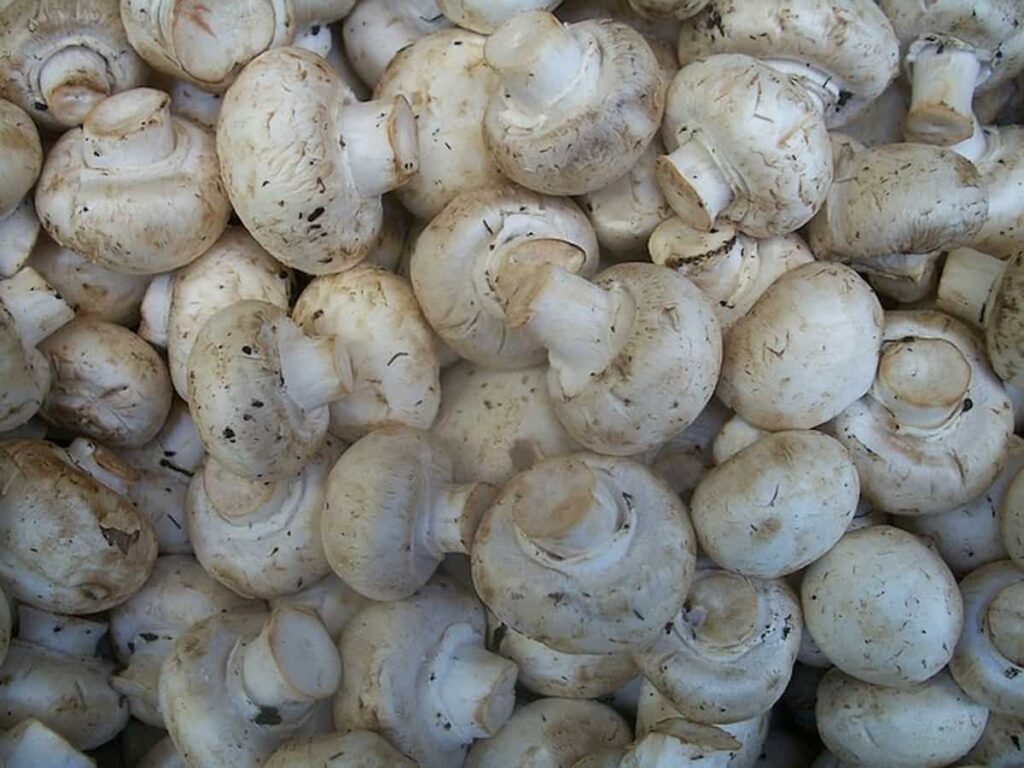
How This Farmer Earning 60 Thousand Rupees from Milky Mushroom Farm at Home
The success story of Ms. Aparna
Ms. Aparna of Anantapur district, Andhra Pradesh, is a BTech graduate and used to work in an IT company in Hyderabad. Due to residence inconvenience, less salary, and much stress, she wanted to quit her job and start something different, something on her own. She quit her job and took six months to decide and gather the capital. She wanted to start agriculture, but as Ananthapur district is a very dry area that doesn’t receive much rain, she decided not to step into it.
While investigating many things, she came across mushroom cultivation at some business gathering. It caught her interest, and she wanted to learn more about it. She consulted one of the professors in a nearby agricultural college and asked him about this business. Usually, mushroom cultivation is a business many people need to be aware of. So she was a bit afraid. But on the advice of her professor, she decided to start it. Now, which mushroom to cultivate is the question.
While she was in a dilemma, she came across some news in which they said milky mushrooms had high demand in the market. She investigated to make sure it was right, and it was indeed right. So decided to start her mushroom cultivation business, and after starting, her business bloomed in no time. How was she able to pull this off? How did she become so successful? What are her experiences in the milky mushroom business? We will learn all these details below.
Cultivation details of Milky Mushrooms, according to Ms. Aparna.
The materials needed for milky mushroom cultivation are all agricultural materials. You’ll need to gather dry grass first and cut it to 2 to 3 inches. And then this grass should be soaked in water for at least 4 hours. Then this grass should be taken out from the water and stuffed into thin ginny bags.
These ginny bags should then be heated to 80 to 90 degrees Celcius in water. These bags are then taken out and kept in a closed room. These bags take their time to dry in that room. They must be taken out when they are still 60 to 70 percent moist. The grass is taken out from the ginny bags.
In case you missed it: How this Farmer Earning 5.5 Lakh Rupees from His Snake Gourd Farm: A Success Story of a Vegetable Farmer In India
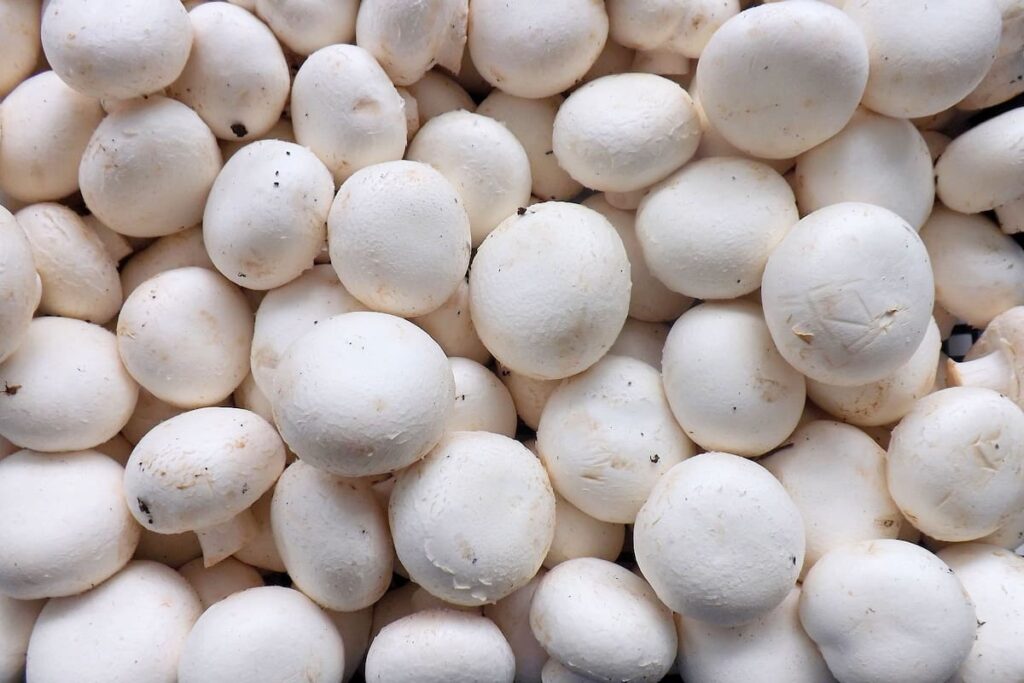
This grass is now stuffed into layers in a plastic bag, and the seeds are spread between each layer. Ms. Aparna uses plastic bags that supports six layers. The size of the bag is 20*22. Once the plastic bag is stuffed with grass and seeds in layers, you have to close the end with a rubber band tightly. Poke small holes into the bag so that air can circulate. These plastic bags are now kept in a closed room, which should be dark. No light should enter that room, says Ms. Aparna.
The bags should be kept in a closed room for at least 21 to 25 days. Once the required days have passed, the bags should be taken out of the room. The bags should now be shifted to an open room with plenty of light. You should cut the bags in half and arrange them across the room’s shelves. Fertilized soil should be spread over each cover, exposing the bags to sunlight and air. The soil layer should be 2 inches thick. These bags are now called beds.
This open room temperature should be between 25 to 35 degrees Celcius. Following this process and all the necessary precautions, the mushrooms will germinate in only 12 to 15 days. And in about 4 to 5 days after that, you can have your first harvest, says Mr. Aparna. Also, once you start the seeds, you can harvest nearly three crops per bag, says Ms. Aparna. It will only take a week for you to harvest the next crop, says Ms. Aparna.
After the pandemic, as most people became health conscious, there has been a high demand for the Milky mushroom. As milky mushrooms are rich in nutrients and vitamins, people are interested in buying them. These mushrooms can last nearly four days if left in the room and nearly 15 days if stored in the fridge.
Profit analysis of Ms. Aparna’s milky mushroom farm
Ms. Aparna sells her harvest to a few restaurants at nearly 250 rupees per kg. She harvests nearly 15 kgs of Milky mushrooms each day. She added that you could harvest nearly 1 to 1.5 kgs of Milky mushroom from each bed. Each bed costs nearly 70 rupees as an investment, and the income from each bed would be nearly 250 to 350 rupees. So you can calculate the profit by taking only beds into account. Presently Ms. Aparna is earning nearly 60,000 rupees per month. This is a huge amount.
In case you missed it: How this Farmer Earning 7 Lakh Rupees from his Ivy Gourd Farm: A Success Story for Beginners
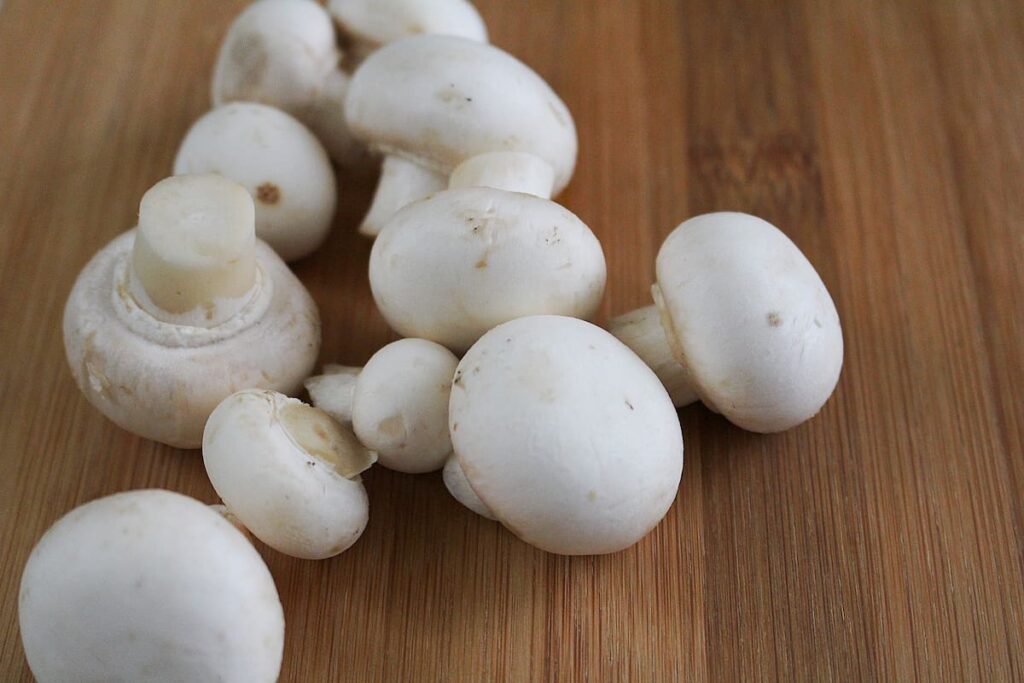
Ms. Aparna is now satisfied and happy that she is successful in her own business and is thinking of expanding her business. She advises graduates who are unemployed to enter this industry as it has huge scope in the future. She is even guiding many people who want to get into this business.
- Economical Aquaculture: A Guide to Low-Budget Fish Farming
- 15 Common Planting Errors That Can Doom Your Fruit Trees
- How to Make Houseplants Bushy: Effective Tips and Ideas
- Innovative Strategies for Boosting Coconut Pollination and Yield
- Pollination Strategies for Maximum Pumpkin Yield
- The Complete Guide to Chicken Fattening: Strategies for Maximum Growth
- Natural Solutions for Tulip Problems: 100% Effective Remedies for Leaf and Bulb-Related Issues
- Revolutionizing Citrus Preservation: Towards a Healthier, Greener Future
- Natural Solutions for Peony Leaf and Flower Problems: 100% Effective Remedies
- Maximizing Profits with Avocado Contract Farming in India: A Comprehensive Guide
- Natural Solutions for Hydrangea Problems: 100% Effective Remedies for Leaf and Flowers
- The Ultimate Guide to Choosing the Perfect Foliage Friend: Bringing Life Indoors
- From Sunlight to Sustainability: 15 Ways to Use Solar Technology in Agriculture
- The Ultimate Guide to Dong Tao Chicken: Exploring from History to Raising
- The Eco-Friendly Makeover: How to Convert Your Unused Swimming Pool into a Fish Pond
- Mastering the Art of Delaware Chicken Farming: Essentials for Healthy Backyard Flocks
- 20 Best Homemade Fertilizers for Money Plant: DIY Recipes and Application Methods
- How to Craft a Comprehensive Free-Range Chicken Farming Business Plan
- Brighten Your Flock: Raising Easter Egger Chickens for Beauty and Bounty
- How to Optimize Your Poultry Egg Farm Business Plan with These Strategies
- Subsidy for Spirulina Cultivation: How Indian Government Schemes Encouraging Spirulina Farmers
- Ultimate Guide to Raising Dominique Chickens: Breeding, Feeding, Egg-Production, and Care
- Mastering the Art of Raising Jersey Giant Chickens: Care, Feeding, and More
- Ultimate Guide to Raising Legbar Chickens: Breeding, Farming Practices, Diet, Egg-Production
- How to Raise Welsummer Chickens: A Comprehensive Guide for Beginners
- How to Protect Indoor Plants in Winter: A Comprehensive Guide
- Ultimate Guide to Grow Bag Gardening: Tips, Tricks, and Planting Ideas for Urban Gardeners
- Guide to Lotus Cultivation: How to Propagate, Plant, Grow, Care, Cost, and Profit
- Agriculture Drone Subsidy Scheme: Government Kisan Subsidy, License, and How to Apply Online
- Ultimate Guide to Raising Araucana Chickens: Breed Profile, Farming Economics, Diet, and Care
- Bringing Hydroponics to Classroom: Importance, Benefits of Learning for School Students
- Ultimate Guide to Raising Polish Chickens: Breed Profile, Farming Economics, Diet, and Care
- Ultimate Guide to Raising Australorp Chickens: Profile, Farming Economics, Egg Production, Diet, and Care
- Silkie Chicken Farming: Raising Practices, Varieties, Egg Production, Diet, and Care
- Sussex Chicken Farming: Raising Practices, Varieties, Egg Production, Diet and Care
- Homemade Feed Formulations for Livestock: Discover Cost-effective Starter to Finisher Feed Recipes